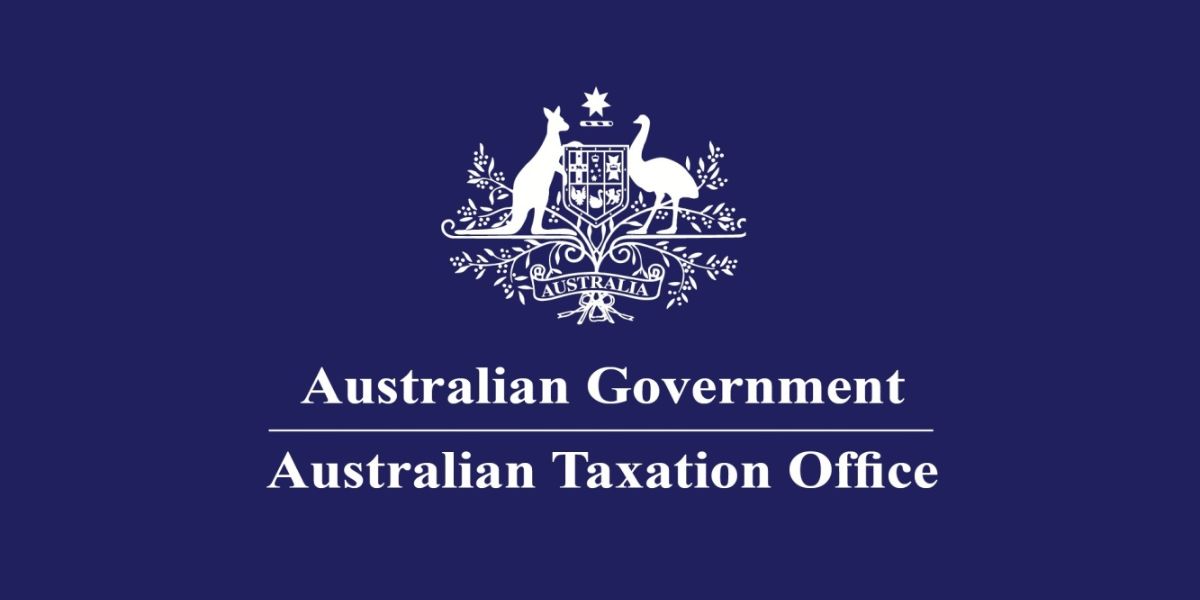The Australian Taxation Office (ATO) has published the Local file instructions for 2021. These instructions apply to the local file for 2021. This relates to reporting periods starting on or after 1 January 2020.
Updates to the instructions include:
- instructions for new fields, for example, the new question on whether debt interests are interest free;
- new codes for foreign and other jurisdictions;
- highlighting reporting rules for capital amounts for derivatives and debt interests (including loans and borrowings);
- expanded instructions for foreign currency deferred payment arrangements;
- asking for a short description for certain ‘other’ transaction categories; and
- additional examples.
The local file must be electronically lodged in the approved form (an XML file –generated in accordance with an ATO developed XML schema). The local file is part of a combined form, which also contains the master file. The local file may be lodged separately or together with the master file.
The local file can only be lodged electronically, through one of the following:
- Online services for business using file transfer
- Online services for agents using file transfer
- Standard Business Reporting (SBR) using SBR-enabled software.
Lodgments via email or paper are not accepted.
The information requirements (high level design) and associated specifications (detailed design) for the local file are contained in the Local file/master file 2021. Reference to specific form elements is made via element IDs in the form of ‘LCMSFXXX’.
The local file collects information and relevant documentation for international related party dealings (IRPDs). The local file is comprised of three parts:
A general design feature of the local file is the requirement to show values in Part A and provide written agreements in Part B for individual IRP transactions.
Specific features include:
- Aggregating values shown in Part A for transactions covered by the same relevant agreement series RAS.
- Not needing to provide written agreements in Part B if the IRPD transaction/RAS is covered by one of the eight categories on the exclusions list
Where a reporting entity enters into a transaction with multiple IRP non-resident counterparties, they must complete Part A showing transactions for each IRP non-resident counterparty to the transaction.
If a single agreement covers more than one kind of transaction category, each of the transactions shown in Part A will need to be linked to the same agreement in Part B of the local file.














